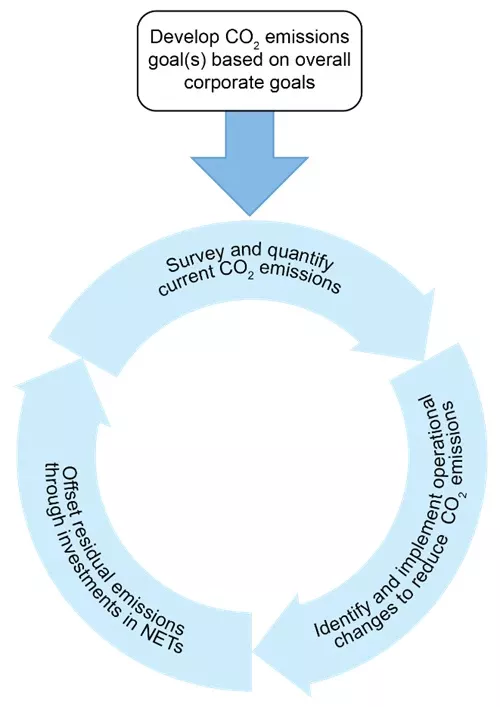May 7, 2020
On April 30, 2020, the International Energy Agency released a report predicting that the effects of the ongoing COVID 19 pandemic will result in reduced carbon dioxide (CO2) emissions globally by nearly 8% in 2020 compared to 2019. If the reduction of CO2 emissions does occur at this scale, it would become the lowest level reported since 2010 and largest yearly drop ever. However, the effects of the COVID 19 pandemic could be short-lived, with the report predicting that emissions will return to normal levels as the impacts from COVID-19 dissipate.
Why lower carbon emissions?
Months before the COVID 19 pandemic hit, many companies announced increasingly aggressive carbon emissions goals, with several committing to net negative CO2 emissions. These companies, which range from Microsoft to IKEA and Delta Airlines to BP, are motivated to act by several factors:
- Reduction in initial investment cost coupled with long-term reductions in operational costs associated with low- or zero-emission energy technologies (solar, wind).
- Pressure from investors, employees, customers, and the general public.
- Actions by city and state governments to promote lower emissions, such as those outlined in the Paris Climate Agreement.
- Desire to be good corporate citizens and demonstrate sustainability leadership.
Carbon budget planning
To achieve lower CO2 emission goals, companies will need to develop carbon budgets that balance the initial investments and the benefits associated with reducing carbon emissions achieved by doing so. The steps to developing a company-specific carbon budget include:
- Survey and account for current emissions.
- Develop a plan to reduce emissions through operational changes — this step may result in net cost-savings through increased efficiency.
- Develop a strategy to offset ongoing emissions through the adoption of negative emission technologies (NETs).
- Monitor progress and adjust plans as needed to achieve publicly announced emissions goals.

Figure 1: Steps for developing and implementing a company-specific carbon budget plan
Negative emission technologies (NETs)
NETs are useful to offset ongoing emissions because they remove more CO2 from the atmosphere than they emit. Some NETs are simple and inexpensive; for example:
- Tree planting: a typical hardwood tree will absorb approximately 1 ton of CO2 in the first 40 years of its life.
- Restoring degraded lands: Planting natural species on otherwise deforested/degraded lands increases the CO2 storage capacity of soil.
Other NETs are industry-specific, such as CO2 capture coupled with enhanced oil recovery, in which CO2 extracted from natural underground reservoirs is replaced with captured CO2 to reduce the emission footprint of oil extraction operations. Companies may also consider investing in or partnering with groups that are actively developing new NETs.
How Exponent Can Help
Exponent's multidisciplinary team of scientists and engineers have diverse experience evaluating and implementing new engineering technologies as well as performing emissions accounting and operational surveys. Our unparalleled interdisciplinary expertise allows us to assess the full range of environmental and engineering issues that face our clients and the world. We can assist our clients by assessing their current emissions portfolio, developing a company-specific strategy to reduce and offset their emissions, and assisting with the implementation of the emissions-reduction plan.
